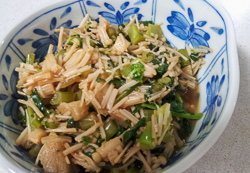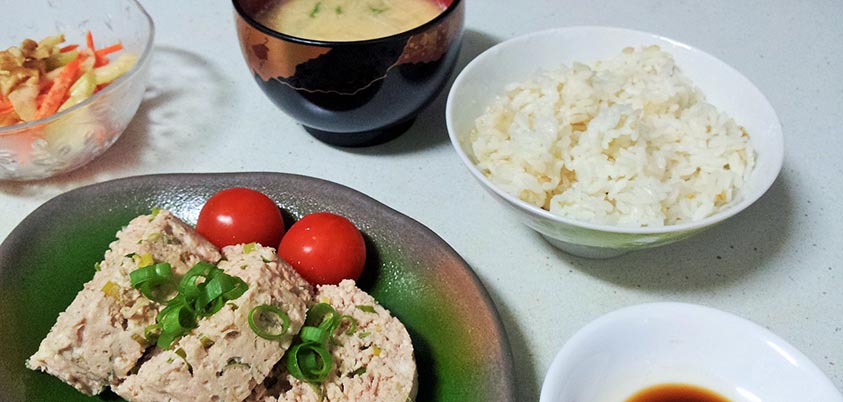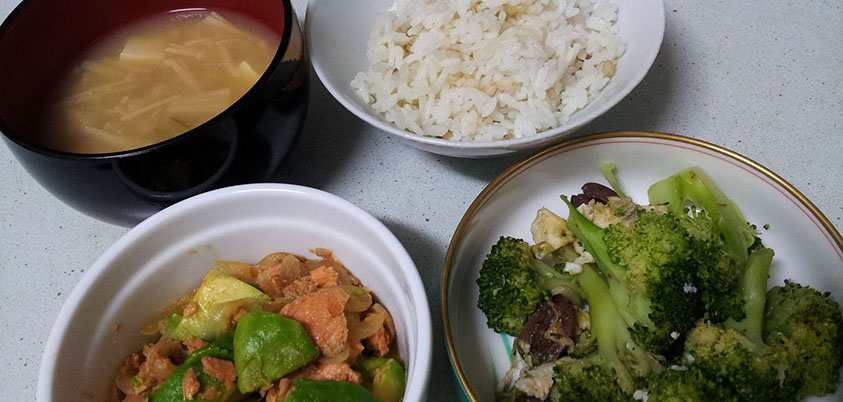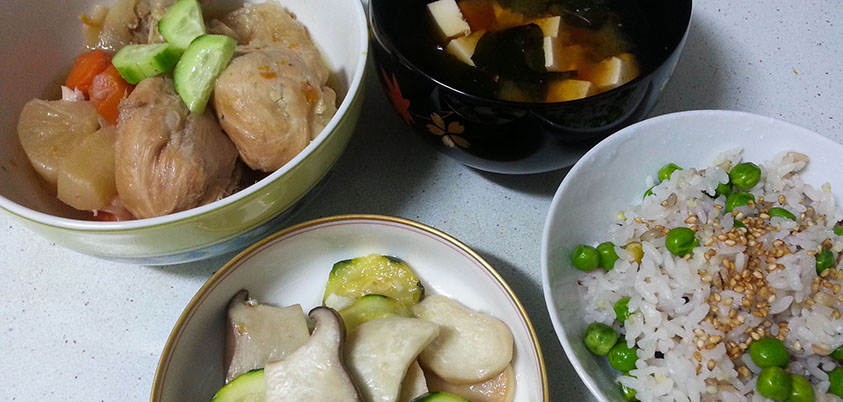Tasty health washoku style
Monitor your Weight

While monitoring your weight and everything you eat and drink every day, you will find what is really affecting your weight.
- The way of eating and the food choices are usually the main causes.
Nowadays, there are so many weight loss products and diet programs out there, but overweight population is still growing!
Sadlly, many of those who were even determined to lose weight end up failing to achieve their goals.
Why does it happen?
A lifestyle change for weight loss is NOT EASY. It requires a lot of effort to form a new habit. That's why many of them struggle to keep up and finally give up.
My method has a secret to remove this hardship.
As soon as I hear from you, I give you a pinpoint advice on the spot, so that you would know what to improve next time. This method doesn't change your daily life routine, which makes it easier for you to lose weight steadily and keep it off. Celebrity diet plans, super food or diet shakes which the social media talks about don't always work for you. Everyone is different.
During the program, I am your diet partner and I'll be with you until you establish healthy eating style.
If you have not succeeded with diets in the past, this could be the one for you.
Please Email me with your name and a short message, I'll get back to you within 24 hours.
What is Washoku
Japanese Traditional Dietary Culture
1. The "wa" in washoku means "Japan" and the "shoku" means "food", thus washoku refers to the traditional foods that Japanese people eat regularly at home on a daily basis instead of Japanese cuisines served in restaurants.
2. Washoku is made up of three elements - cooked rice which serves as the staple food, miso soup and side dishes called okazu which makes the rice more palatable.
This typical form is called ichiju-sansai - "a bowl of soup and three side dishes". Since rice is always included, it is omitted from the term. Three side dishes consist of one main dish "Shusai" and two varieties of smaller dishes "Fukusai".
3. Japanese people value the natural flavour of the ingredients as much as possible. "Sashimi" is a good example, raw fish eaten with soy sauce and wasabi.
4. An essence of Japanese cuisine is umami - "umai" means delicious and "mi" means taste, which is the fifth basic taste along with sweetness, sourness, bitterness and saltiness. Dashi soup stocks, for example umami is extracted from natural ingredients. Because of the skilled use of umami, the amount of other seasonings is reduced to make Washoku.
5. People in Japan spend a very long time to produce seasonings. Soy sauce and miso preparations take about six months or longer. Thanks to those seasonings, people don't spend a great deal of time on cooking and are able to prepare three varieties of okazu in a relatively short period of time.
6. Japan's traditional dietary culture lacked the practice of consuming meats such as beef, lamb and pork, intake of animal oils and fats was very low. Based on cooked rice and made up of mainly vegetables, seafood, seaweed and soy product side dishes. Japanese food has the ideal PFC (proteins, fats and carbohydrates) balance and making it come close to the perfect diet. Further Washoku does not have the rich sweet desserts.
7. There are many varieties of tableware to serve washoku dishes.
Small portions of food are served on beautiful, small tableware, which is very important in Japan.


